Mount Abraxas Brochures of Rich Folded Text

Mount Abraxas Press 2020
[EDIT: Fosforos Library brochures]
My previous reviews of this publisher: https://dflewisreviews.wordpress.com/complete-list-of-zagava-ex-occidente-press-books/
Work by Sebastian Montesi, Patrick Mallet, John Llewellyn Probert, Christian Riley, Milenko Županović, Dominy Clements and Liam Garriock
When I read these, Covfefe permitting, my thoughts will appear in the comment stream below…

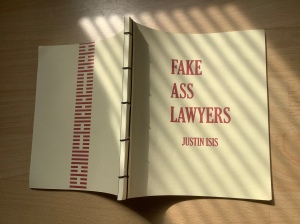
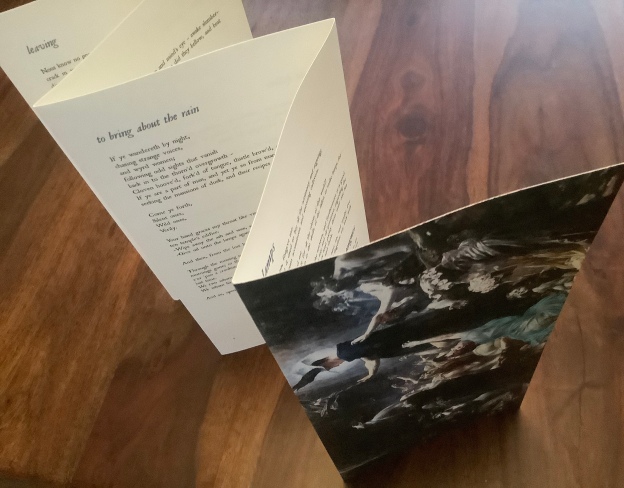
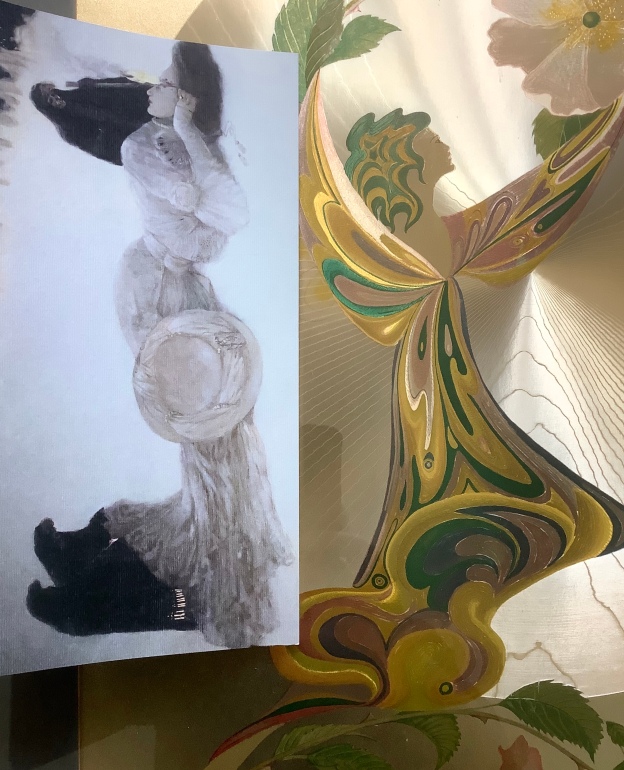 ARABESQUE EN ARRIERE a story by John Llewellyn Probert
ARABESQUE EN ARRIERE a story by John Llewellyn Probert
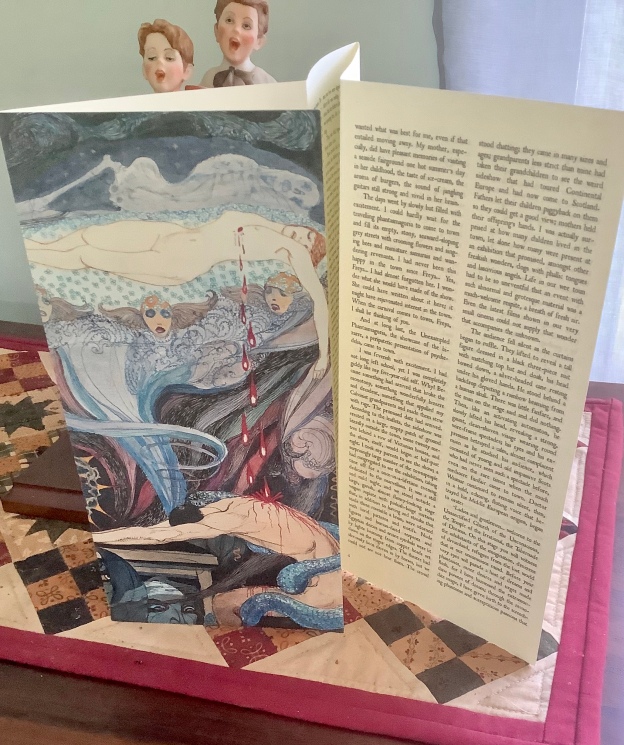

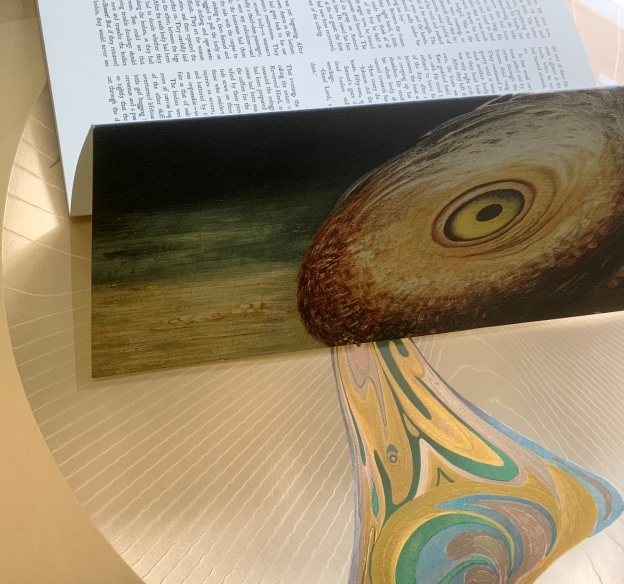
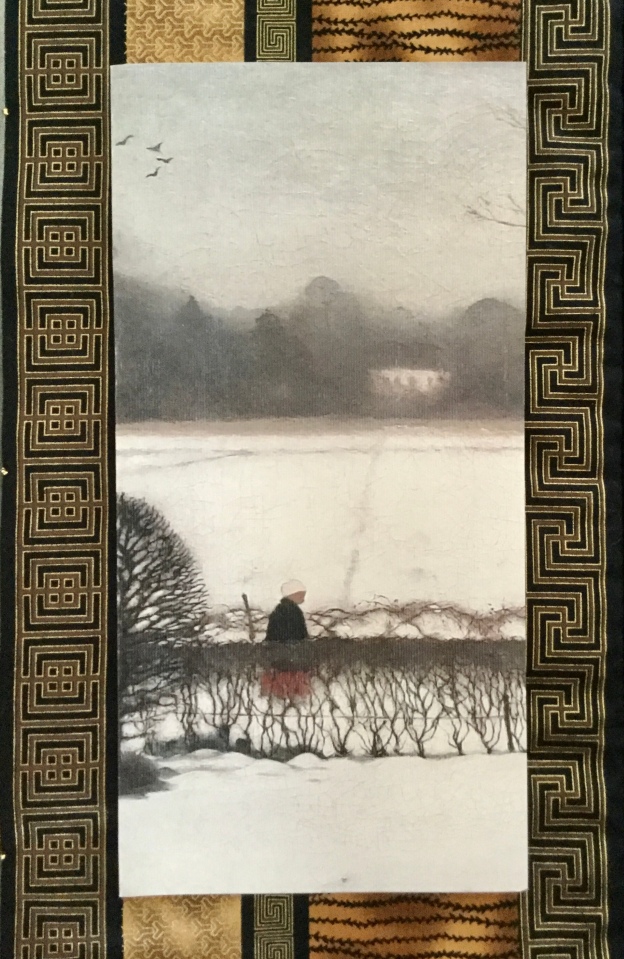

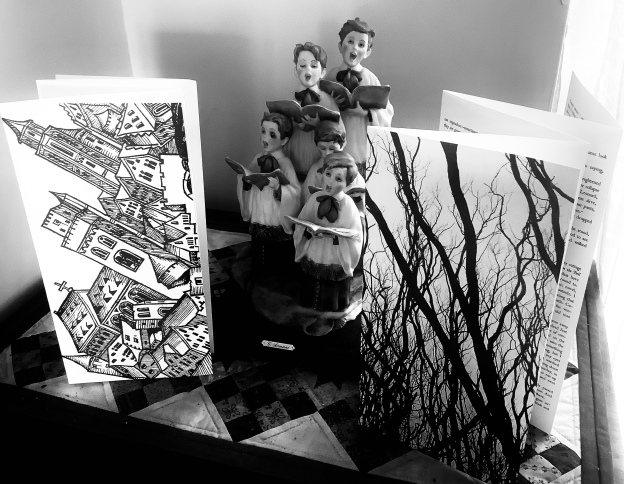


“Rintaro had been coughing for what felt like months even though it could not have been more than a week and a half; she visualized the immune system as a small, pale, beleaguered cartoon animal…”
Or what might have once passed as the manipulated focus of a twelve year old’s onanism alongside a YouTube film filming a thirteen year old…. till reading this. Despite some constructive confusions as to backstories and stage names or real names or trade names, the mother of Rintaro is working as a hostess in a club where one of the customers is that erstwhile twelve year old now grown up… unless I am destructively confused instead! The textured style is pitch-perfectly wordtacular and, in one place at least, obsessed! Doesn’t do any 72 year old reader like me any good in this his due time of Midsommar.
.
“Human beings seemed to be living lives of thoughtless routine punctuated briefly by meaningless events such as birth and divorce that in turn led to further routines.”
I have recovered! … as the erstwhile side-character – with the obsessive trip alongside the YouTube video when he was 12 – let’s call him Taro – with his consuming backstory and equally consuming forward story – has taken over this text’s ‘routine’ of what he considers to be a wasted life from the future hostess in the club, and, indeed, Taro seems to have become our central real-time concern as he reaches an epiphany in the street, one featuring a purple ball, and his then accretive urge to assume a career as a fake lawyer, a ‘patchwork monster’ threatening to fill my Gestalt…. I am consumed, too. Albeit recovered from yesterday’s obsession of my own.
“…strange maggots of thought.”
“‘Yes, Wódka Žołᾳdkowa Gorzka,’ the bartender said. ‘It’s infused with herbs.’”
But what herbs, does one drink it without knowing one drinks it, is it the tripswitch nostrum from the Rix FEATHER as a ‘Coincidence?’ earlier this morning HERE? As we follow Taro into his own trip or leap with the underlying triangulations of this Isis work? As he is led to a back room where all lawyers are fake, or those ‘lawyers’ who have seen assonance with fake truth? Sussed out by the boy he once was, the boy tugging or testing his grown-up penis-symbol of a neck-tie? And he is explicitly said to be so short of breath at one point (“on the verge of suffocating”), I do wonder if Taro is now really the Rintaro I assumed (wrongly?) to be the son of the hostess whom he later meets along this book’s future triangulations? Assonance, assume…
“He assumed the child was wearing a mask, until it became clear that the smooth skin stretched tightly across its cheekbones formed its real face.” (an ‘its’ that later became ‘his’)
“, he pieced together a taxonomy of fake lawyers.”
I am now amazed that I have not considered this taxonomy before, this building-up of a gestalt of truth from real-time fictions or fakeries … such as fake yews (or yous) within the word ‘lawyers’ as Ley-lines of prehensility, explaining, at least for me, the synchronicity (‘as above, so below’ rather that cause-and-effect) of one of my earlier passions: Astrology. Also the Saitama syndrome described here — where “Beauty is often found in darkness” as that ‘darkness’ in ‘obscurity’ of endless flat roads — reminds me of my favourite ever novel: ‘The Unconsoled’ by Kazuo Ishiguro. And of some works by Haruki Murakami. Even my own ‘They Crawl Over the Outside of Buildings More Than They Walk in the Streets Between’. Here, Taro’s “inner ear” needed for such fake lawyerhood is to be induced by a token gratuitous crime as in Camus’ ‘L’Étranger’…except it’s due to be a ‘flat road’ crime, not a murderous mountain one.
“, you’ll be confirmed as a legitimate fake.”
This section genuinely supplies me with a sort of personal epiphany to match the Kit Kat / Penal Code bird epiphany of Taro described in it. I now know I am a genuine fake reviewer, and if I had not been reading this book, I may have missed the point of this long-term mission of mine, its dependence on preternatural synchronicity and the hawling of meaningful typos or SICnificant autocorrects.
“Osmosis.”
We all have this if we train ourselves to use it. I use mine for literature…
Here, also used for law itself, and law livers, even raw livers? Drink, like knowledge, seeping into us. Like that doctored nostrum in ‘Feather’, here a series of more trade names for various disguised drinks , even Strong Zeros. How much of this induces Dream Sickness, I wonder. A drinking contest and a Rock, Paper, Scissors one both of which you need to read about, and now a fake paralegal turns up, as if in parallel world where we all walk up the parasites or parasides of buildings and not in the streets between, some of us not even needing ropes to hawl us up! Pity our lockdown urinals in our own real-time today are not even open!
Salarymen and Girls Bar staff…
“The young are mapped onto ruins, the dreams of the dead.”
“Now you’re in the Golden Liver Gang! You’re a pants-to-ankles man and you’re no longer subject to the law of causation. The mighty become your slaves. Cancer and flatulence cripple your enemies. All omens fall in your favor.”
All omens are to be hawled preternaturally; synchronicity, not causation, as I said above about asstrology; I am thus confirmed in my own instincts of osmosis. More c letter words in addition to cancer and cripple and causation are covid and coronavirus and, here, even crude coital cottaging, but my own law giver or boyish Penal Code Bird was irretrievably shrivelled by radiotherapy for prostate cancer in 2015. Yet I now feel I belong to the optimal gang, thanks to what I have hawled from this all-giving book. An “ink painting” inside me, and a “spectral forest” in the sky, a skein of laws, logic to logic and back again, hopefully embracing as well as outlawing illogic, with bright advertising signs and climbing apps up the sides of buildings near the hostess club, but the hostess’s “coughing boy” is still at home. Each of us has a Jack Vance aura, but taste and smell now foregone, at least for a while, and we “…need to get locked down into consensus reality…” by ironically embracing our coranasensual or co-vivid dreams, dreams that, as such, have no doubt developed since this book was first written.
end